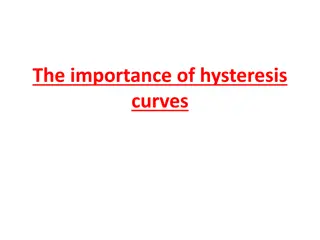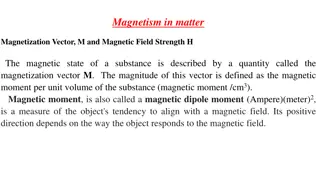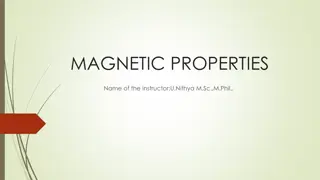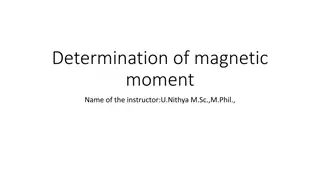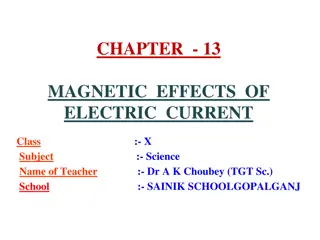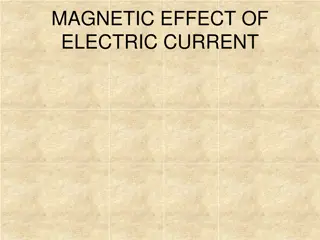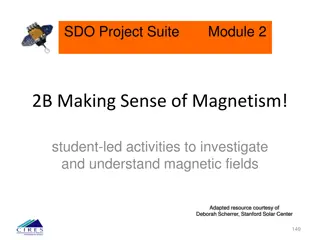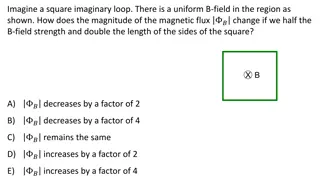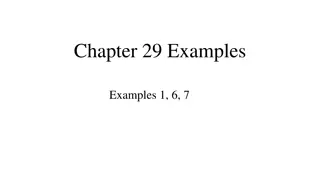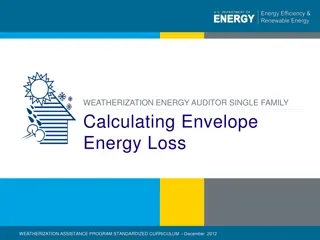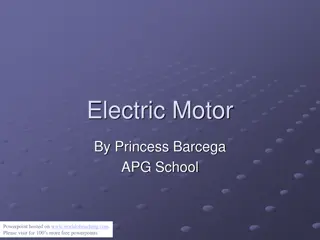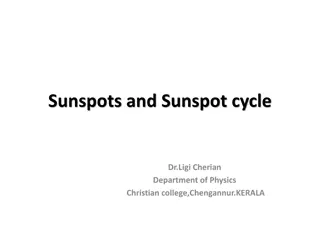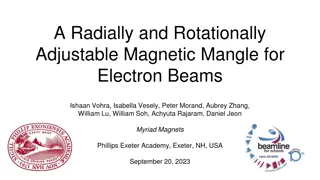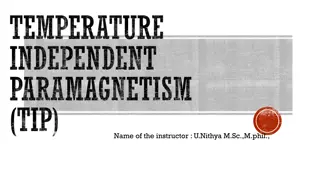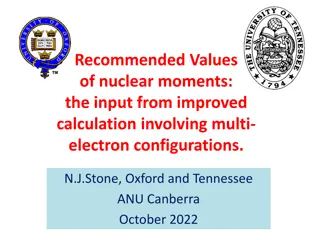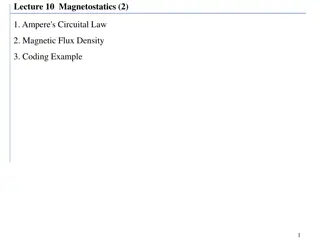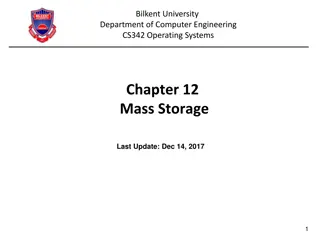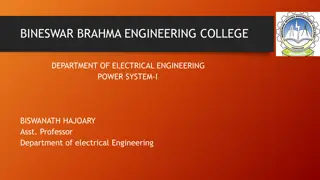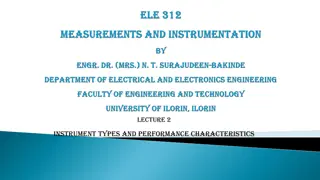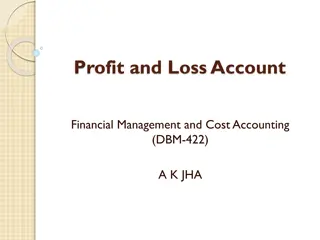Understanding Energy Loss Due to Hysteresis in Magnetic Materials
In the realm of magnetism, magnetic materials exhibit unique behavior even when not magnetized. Ewing's theory sheds light on the alignment of molecular magnets in relation to an applied magnetizing field, resulting in energy consumption. This leads to hysteresis loss, where energy is dissipated as heat due to cyclic magnetization processes. The process involves aligning molecular magnets against attractive forces, necessitating a coercive force for complete demagnetization. Through mathematical derivations, the work done by the magnetizing field can be quantified per unit volume of material for a complete cycle.
Download Presentation

Please find below an Image/Link to download the presentation.
The content on the website is provided AS IS for your information and personal use only. It may not be sold, licensed, or shared on other websites without obtaining consent from the author. Download presentation by click this link. If you encounter any issues during the download, it is possible that the publisher has removed the file from their server.
E N D
Presentation Transcript
According magnetism, a magnetic material even in the unmagnetised condition. It consists of an indefinitely large number of molecular magnets endowed (provide) with definite polarity. When a magnetizing field is applied, the molecular magnets align themselves in the direction of the field. to Ewing's theory of molecular
During this process, work is done by the magnetizing field in turning the molecular magnets against the mutual attractive forces. This energy required to magnetize a specimen is not completely magnetizing field is turned off, since the magnetization does not become zero. The specimen retains some magnetization because some of the molecular magnets remain aligned in the new formation due to the group forces. recovered when the
To tear them out completely, a coercive force in the reverse direction has to be applied. Thus, there is a loss of energy in taking a ferromagnetic material through a cycle of magnetization. This loss of energy is called hysteresis loss and appears in the form of heat. Consider a magnetic molecular magnets material per having volume. n unit
Let m be the magnetic moment of each magnet and the angle which its axis makes with the direction of magnetizing field H. The magnetic moment m of the molecular magnet can be resolved into a component m cos in the direction of H and m sin perpendicular to H. The component m cos alone contributes to the magnetising field and the component m sin has no effect on the magnetisation of the specimen. If M be the intensity of magnetisation, then M = m cos .. (1)
Differenting Eq. (1), dM = d ( m cos ) = - m sin d . ... (2) When M increases to M + dm, decreases to - d . The work done by the field in decreasing by d is given by dW = C(-d ) (3) Hence, C = torque for unit deflection = omHsin dW = omHsin (-d ) = - omHsin d The work done by the applied field is = dW = oH (- m sin d ) = oH dM
Thus work done by the magnetizing field per unit volume of the material for completing a cycle is, W = Now, B = o(H + M), for ferromagnetics , M>>H. So B = oM i.e., dB = odM ..(6) From eq. 5 & 6 W =
The area of the B - H loop or otimes the area of the M H loops gives the energy spent per cycle. When H is in Am-1and B is in Wb m-2, the energy is in joules per cycle per m3of the material.


